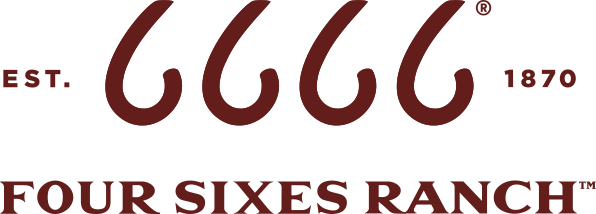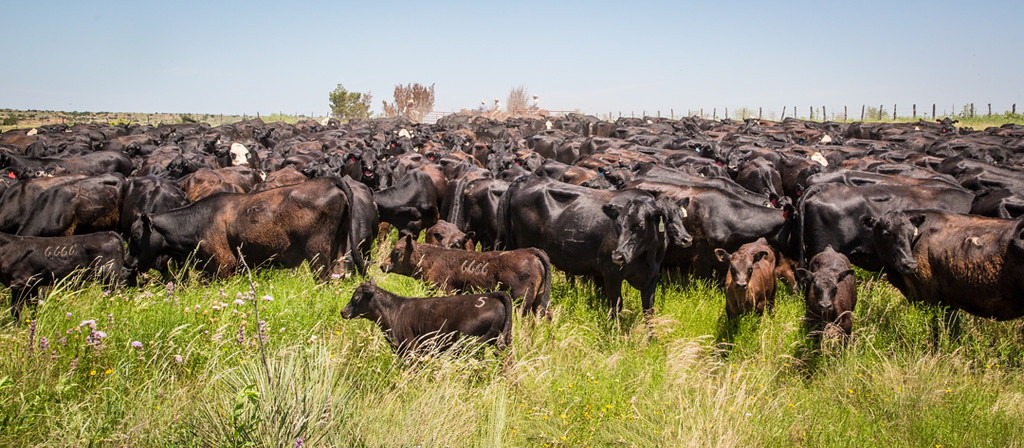Drovers
January 8, 2020
Eight years ago, the Four Sixes Ranch in Texas began using electronic ID as they moved cows to ranches in five other states.
“We were forced into it by the drought. I saw the disadvantages of the metal tags,” says Joe Leathers, 6666 Ranch general manager. “They increase stress on the cattle and they increase labor. It just wasn’t realistic for us to keep operating that way.”
Leathers’ experience made him an easy choice to co-chair the Producer Traceability Council, which aims to ensure that the coming federal traceability program is based on common sense.
“We’re in the driver’s seat not only to develop the program, but we’re in the driver’s seat to figure out how we’re going to get it paid for, and an opportunity to change the way that we do business in the cattle industry. I’m afraid we’re going to miss it if we don’t unify,” he says.
Cattlemen working together with tech companies can create a logical program over the next few years to replace the current metal tags.
“Ultra-high-frequency right now is probably the most advanced technology that we have available to us. It’s more or less hands free and you can read groups of cattle… as they’re commingled and you don’t have to run them back down a chute and single-file them in order to get a read,” Leathers says.
On the Four Sixes, that kind of traceability ID is a management tool that pays for itself, but consumer demand is the main driver in adding value.
“The reality of it is, we need a traceability program for our consumers so that we can give them what they want. We don’t dictate what they want, they dictate to us and we need to meet their demands,” he says.
In doing so, the cattle community can keep customers happy and avoid local events causing widespread market disruptions.












